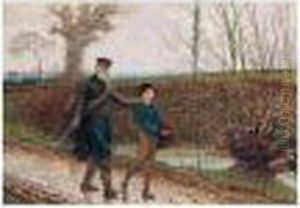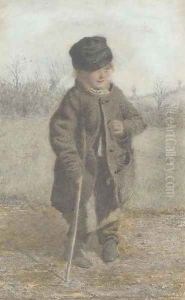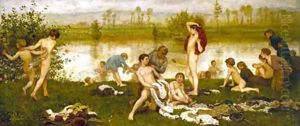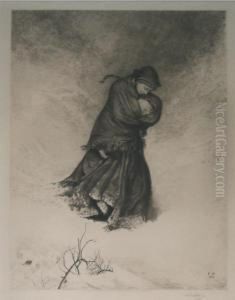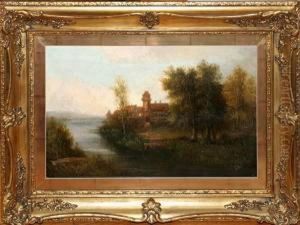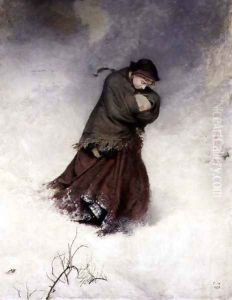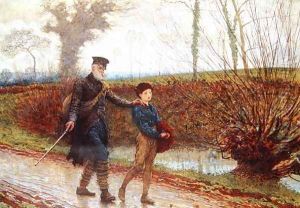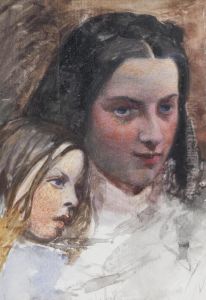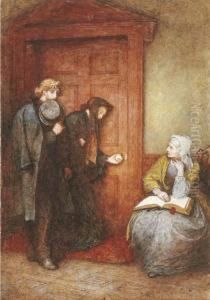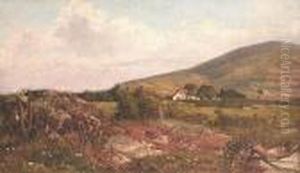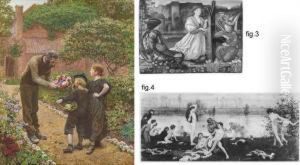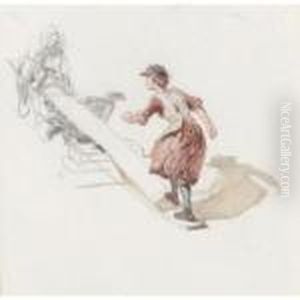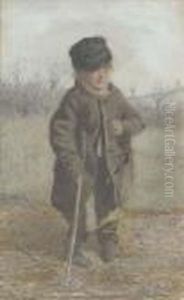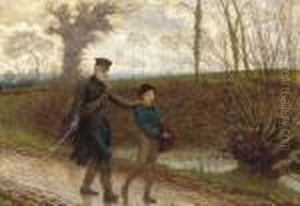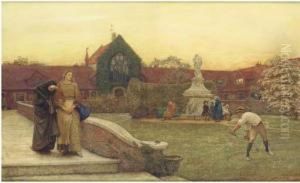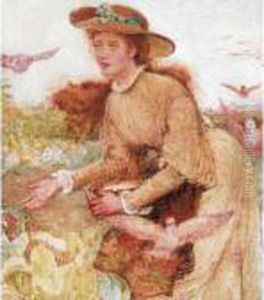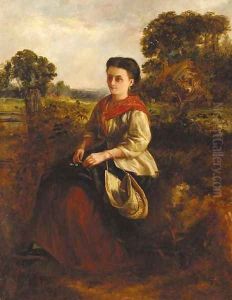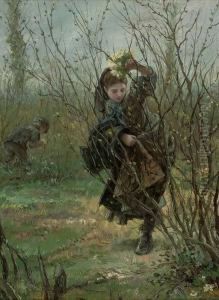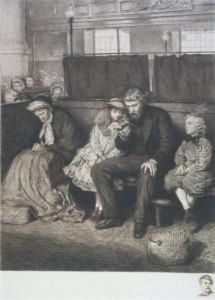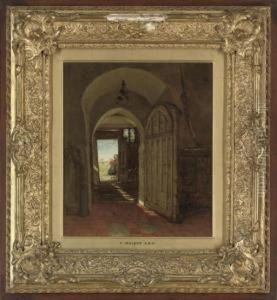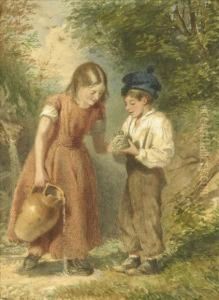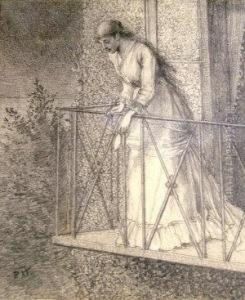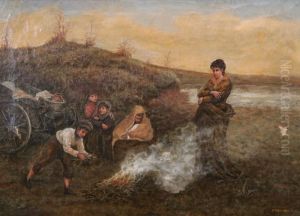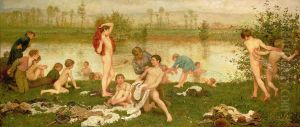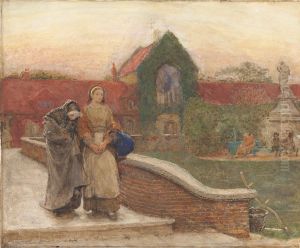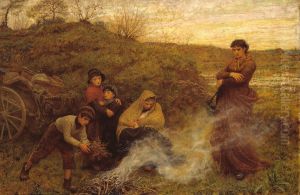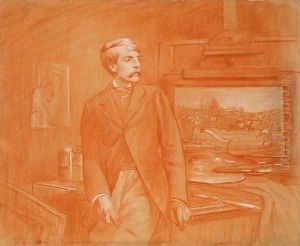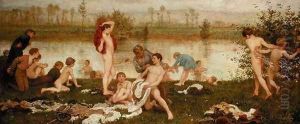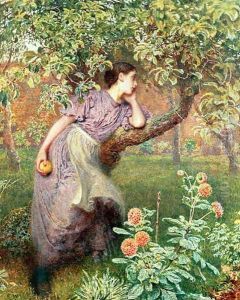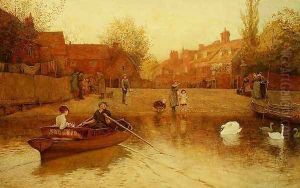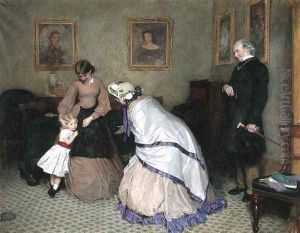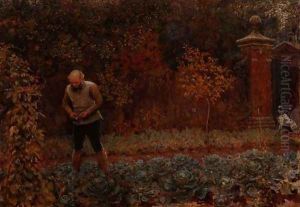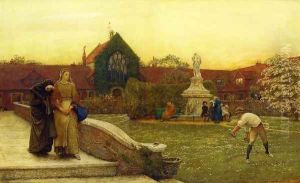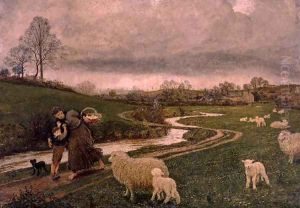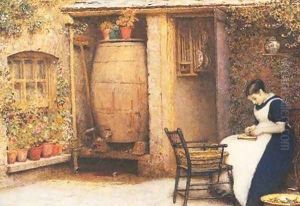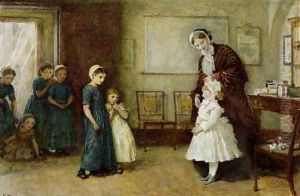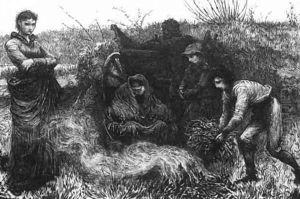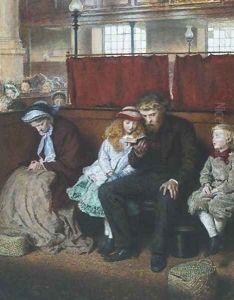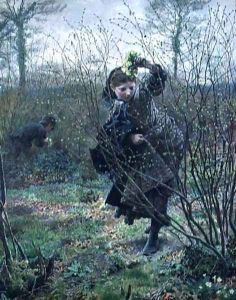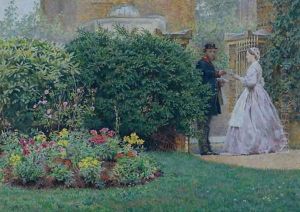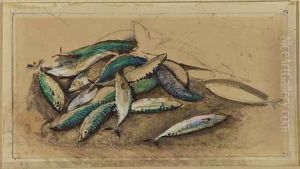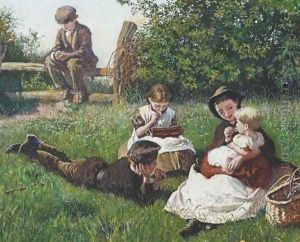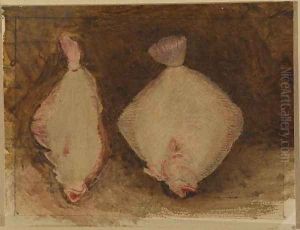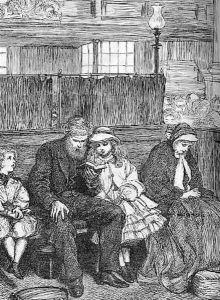Frederick Walker Paintings
Frederick Walker was an English painter, illustrator, and watercolorist known for his idyllic genre scenes and influence on the aesthetic movement. Born on May 26, 1840, in London, Walker showed an early interest in art and was encouraged to pursue his passion. He began his formal training at the age of 15 when he joined the Royal Academy schools. However, he found greater influence in the work produced at the studios of the influential graphic magazine 'Punch', where he worked as an illustrator.
Walker's style reflected a unique blend of realism and romanticism, marked by a delicate use of color and a keen observation of nature and rural life. His illustrations and paintings often depicted the English countryside and the everyday lives of its inhabitants, imbued with a sense of poetic nostalgia. His work was characterized by its elegance and a subtle play of light and shadow, which brought him recognition as a master of mood and atmosphere.
Throughout his career, Walker exhibited his work at the Royal Academy and the Old Water-Colour Society, becoming a full member of the latter in 1864. His notable works include 'The Harbour of Refuge', 'The Vagrants', and 'The Plough', which earned him critical acclaim for their evocative portrayal of the British landscape and social commentary.
Walker's health began to decline in the early 1870s, and he traveled to the Alps in search of a cure. Unfortunately, he passed away at the young age of 35 on June 4, 1875, in St. Fillans, Perthshire, Scotland. Despite his brief career, Frederick Walker's influence persisted, inspiring artists of the Aesthetic Movement, such as James McNeill Whistler and the Pre-Raphaelites. His work remains celebrated for its beauty, technical skill, and emotional depth.
